Home>Home Appliances>Bathroom Appliances>What Type Of Energy Does A Hair Dryer Use
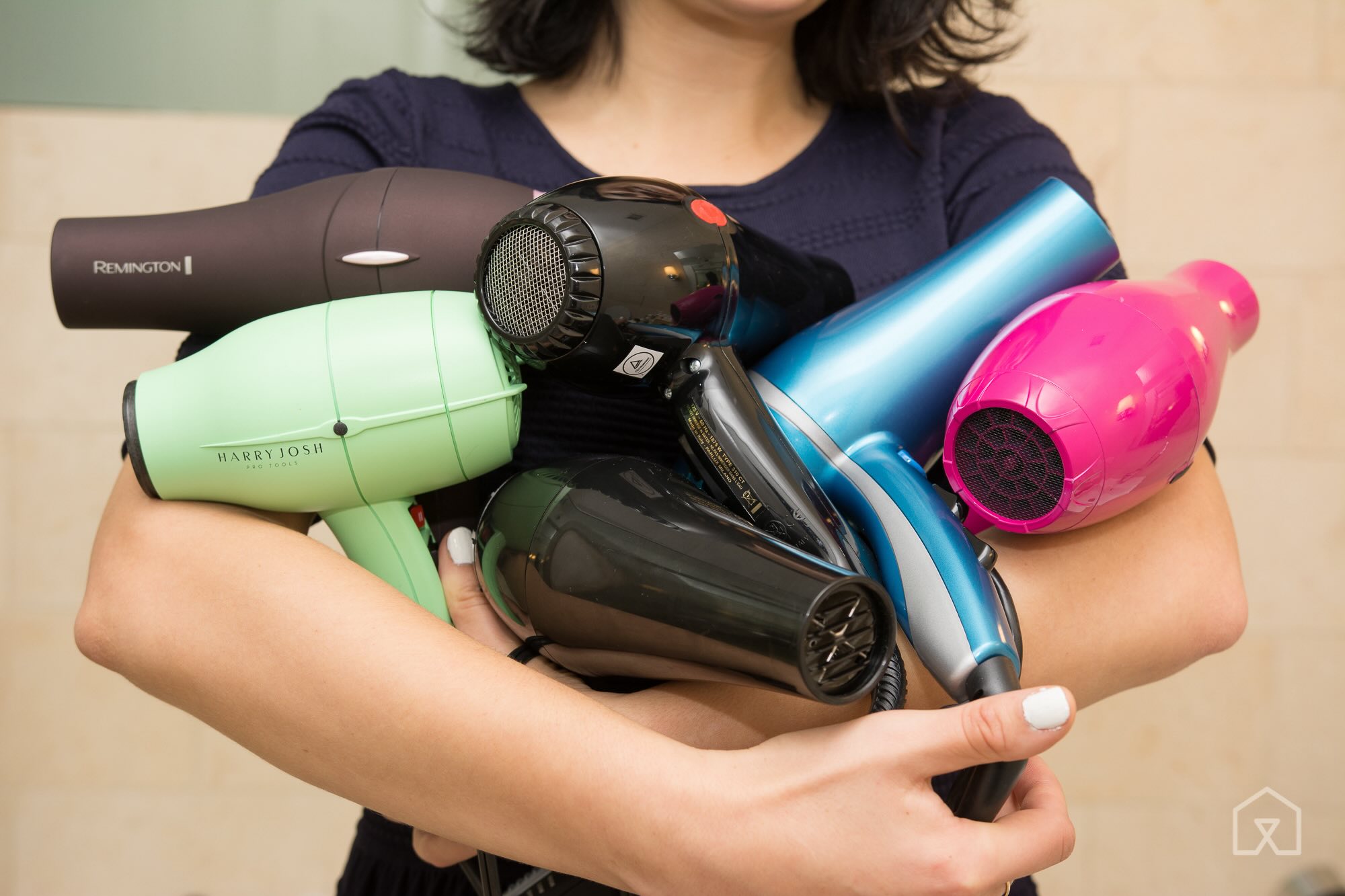

Bathroom Appliances
What Type Of Energy Does A Hair Dryer Use
Modified: February 18, 2024
Discover the energy source for hair dryers and other bathroom appliances. Learn about the different types of energy used in these essential devices.
(Many of the links in this article redirect to a specific reviewed product. Your purchase of these products through affiliate links helps to generate commission for Storables.com, at no extra cost. Learn more)
**
Introduction
**
Hair dryers are a common sight in bathrooms around the world, offering a quick and convenient way to dry and style hair. While these devices may seem straightforward, the science behind their operation and the energy they consume are fascinating topics to explore. In this article, we will delve into the inner workings of hair dryers, the types of energy they utilize, their electrical energy consumption, and their environmental impact. By understanding these aspects, consumers can make informed decisions about their hair care routines and contribute to sustainability efforts. So, let's embark on a journey to uncover the secrets of hair dryers and the energy that powers them.
**
Key Takeaways:
- Hair dryers use electrical energy to create thermal energy, which dries and styles hair. Understanding this process helps us make eco-friendly choices and reduce energy consumption in our daily routines.
- By choosing energy-efficient hair dryers and adopting eco-conscious practices, we can minimize the environmental impact of our grooming routines. Small changes can lead to a more sustainable future for personal care.
Read more: What Type Of Motor Is Used In A Hair Dryer
How Does a Hair Dryer Work?
**
Have you ever wondered how a hair dryer transforms wet hair into a beautifully styled mane? The answer lies in the intricate mechanisms concealed within this everyday appliance. When you switch on a hair dryer, electricity flows through its internal components, setting off a chain of events that culminates in the emission of hot air. The primary elements responsible for this process are the heating element and the fan.
As the electric current courses through the heating element, it encounters resistance, generating intense heat in the process. This heat is then transferred to the air passing through the hair dryer, elevating its temperature. Simultaneously, the fan propels this heated air out of the dryer’s nozzle, directing it toward the user’s hair. The combination of heat and airflow works to evaporate the moisture from the hair, leaving it dry and styled to perfection.
Furthermore, modern hair dryers often feature adjustable settings, allowing users to regulate the temperature and airflow to suit their styling needs. This versatility enables individuals to achieve various looks, from sleek and straight to voluminous and wavy, with the help of a single device.
Understanding the inner workings of a hair dryer not only demystifies its functionality but also fosters appreciation for the engineering ingenuity that makes daily grooming routines more efficient and enjoyable.
**
Types of Energy Used in Hair Dryers
**
When it comes to powering hair dryers, two primary types of energy are utilized: electrical energy and thermal energy. Electrical energy, sourced from power outlets, drives the fundamental operations of the hair dryer, while thermal energy is the result of converting electrical energy into heat.
Electrical energy is the initial form of energy that propels the hair dryer into action. When the device is plugged into a power source, electricity flows through its internal circuitry, activating the heating element and fan. This electrical energy is harnessed to generate the heat and airflow essential for drying and styling hair.
The conversion of electrical energy into thermal energy is a pivotal process within the hair dryer. The heating element, typically composed of nichrome wire, possesses high electrical resistance. As the electric current courses through this resistance, it generates heat, transforming electrical energy into thermal energy. This thermal energy is then transferred to the air passing through the hair dryer, raising its temperature and expediting the drying process.
Understanding the interplay between electrical and thermal energy in hair dryers sheds light on the device’s energy dynamics. By recognizing the transformation of electrical energy into thermal energy, users can comprehend the underlying mechanisms driving the hair dryer’s performance.
Moreover, as the demand for sustainable and eco-friendly technologies grows, advancements in energy-efficient hair dryers have emerged. These innovative devices aim to minimize energy consumption while maintaining optimal performance, aligning with the global push for energy conservation and environmental responsibility.
By exploring the energy landscape of hair dryers, individuals can make informed choices about their grooming appliances, considering factors such as energy efficiency and environmental impact.
**
A hair dryer uses electrical energy to convert it into heat and kinetic energy to dry and style hair. It is important to use the hair dryer properly to avoid accidents and save energy.
Electrical Energy Consumption
**
As indispensable tools in daily grooming routines, hair dryers play a significant role in energy consumption. Understanding the electrical energy consumption of these devices is crucial for both users and environmental advocates.
The electrical energy consumption of a hair dryer is contingent on various factors, including its power rating, usage duration, and operational settings. The power rating, typically measured in watts, denotes the rate at which the hair dryer consumes electrical energy. Higher wattage hair dryers tend to deliver stronger airflow and faster drying times, but they also consume more electrical energy.
Usage duration is another determinant of electrical energy consumption. Prolonged use of a hair dryer escalates the amount of electrical energy drawn from the power source. Therefore, users can mitigate energy consumption by employing the hair dryer judiciously and turning it off when not in use.
Furthermore, the operational settings of the hair dryer, such as heat and speed adjustments, influence its electrical energy consumption. Utilizing lower heat and speed settings can reduce energy usage while still achieving satisfactory drying and styling results. Additionally, investing in energy-efficient hair dryers equipped with advanced technologies can contribute to lower electrical energy consumption without compromising performance.
For environmentally conscious consumers, monitoring and minimizing electrical energy consumption is paramount. By opting for energy-efficient hair dryers and adopting energy-conscious practices, individuals can reduce their carbon footprint and contribute to sustainable living.
Moreover, regulatory bodies and industry stakeholders are increasingly emphasizing energy efficiency standards for household appliances, including hair dryers. This concerted effort aims to promote the development and adoption of energy-efficient technologies, fostering a more sustainable and eco-friendly landscape for grooming appliances.
By comprehending the nuances of electrical energy consumption in hair dryers, consumers can make informed decisions, balancing their styling needs with energy efficiency and environmental considerations.
**
Environmental Impact of Hair Dryers
**
While hair dryers are valued for their convenience and styling capabilities, it’s essential to consider their environmental impact, particularly in the context of energy consumption and sustainability.
The primary environmental concern related to hair dryers is their energy consumption and subsequent carbon footprint. The electricity used to power these devices is often derived from non-renewable sources, such as coal and natural gas, contributing to greenhouse gas emissions and environmental degradation. As a result, the widespread use of energy-intensive hair dryers can exacerbate the carbon footprint associated with personal grooming practices.
However, advancements in energy-efficient technologies and the increasing availability of renewable energy sources offer promising avenues for mitigating the environmental impact of hair dryers. Energy-efficient hair dryers, designed to minimize electrical energy consumption without compromising performance, can significantly reduce the carbon emissions associated with their usage. Additionally, utilizing renewable energy sources, such as solar or wind power, to charge hair dryers can further diminish their environmental footprint.
Furthermore, the lifecycle of hair dryers, including their production, usage, and disposal, warrants attention from an environmental perspective. Manufacturers are increasingly focusing on sustainable design and production practices, aiming to minimize resource consumption and waste generation during the manufacturing process. Additionally, promoting the durability and recyclability of hair dryers can contribute to reducing their environmental impact.
Consumer behavior also plays a vital role in shaping the environmental impact of hair dryers. By adopting energy-conscious practices, such as using energy-efficient appliances, limiting usage duration, and properly disposing of old devices through recycling programs, individuals can contribute to mitigating the environmental footprint of their grooming routines.
As awareness of environmental sustainability continues to grow, consumers are increasingly seeking eco-friendly alternatives and supporting initiatives that prioritize energy efficiency and responsible manufacturing practices. By aligning personal grooming habits with eco-conscious choices, individuals can contribute to a more sustainable future while enjoying the benefits of modern grooming technologies.
Understanding the environmental impact of hair dryers empowers consumers to make environmentally responsible choices, fostering a harmonious balance between personal care and environmental stewardship.
**
Read more: How Many Volts Does A Hair Dryer Use
Conclusion
**
Exploring the inner workings and energy dynamics of hair dryers unveils a captivating blend of science, engineering, and environmental considerations. These ubiquitous grooming appliances, powered by electrical and thermal energy, play a pivotal role in daily routines, offering both functionality and style. As consumers navigate the landscape of hair care technologies, understanding the energy consumption and environmental impact of hair dryers becomes increasingly important.
By comprehending the mechanisms through which electrical energy is transformed into thermal energy within hair dryers, individuals gain insight into the energy dynamics driving these devices. The interplay between power ratings, usage duration, and operational settings influences the electrical energy consumption of hair dryers, prompting users to make informed choices and adopt energy-conscious practices.
Moreover, the environmental impact of hair dryers extends beyond their energy consumption, encompassing their lifecycle, production processes, and disposal considerations. As sustainability takes center stage in consumer preferences, the demand for energy-efficient and eco-friendly grooming appliances continues to rise, propelling advancements in technology and manufacturing practices.
In this era of heightened environmental awareness, consumers are empowered to align their grooming habits with eco-conscious choices, contributing to a more sustainable future. Whether through the selection of energy-efficient hair dryers, the adoption of renewable energy sources, or the responsible disposal of old devices, individuals can play a pivotal role in mitigating the environmental impact of their grooming routines.
As the quest for energy efficiency and environmental responsibility gains momentum, the evolution of hair dryers and other grooming appliances is poised to reflect these values, offering consumers a harmonious blend of performance, style, and sustainability. By embracing these principles, individuals can embark on a journey toward a more eco-friendly and energy-conscious approach to personal care, all while enjoying the benefits of cutting-edge grooming technologies.
Ultimately, the fusion of science, energy, and environmental awareness within the realm of hair dryers underscores the profound impact of everyday grooming routines on the planet’s well-being. Through informed choices and a collective commitment to sustainability, consumers can foster a future where personal care and environmental stewardship coexist harmoniously, shaping a world where style meets sustainability.
Frequently Asked Questions about What Type Of Energy Does A Hair Dryer Use
Was this page helpful?
At Storables.com, we guarantee accurate and reliable information. Our content, validated by Expert Board Contributors, is crafted following stringent Editorial Policies. We're committed to providing you with well-researched, expert-backed insights for all your informational needs.
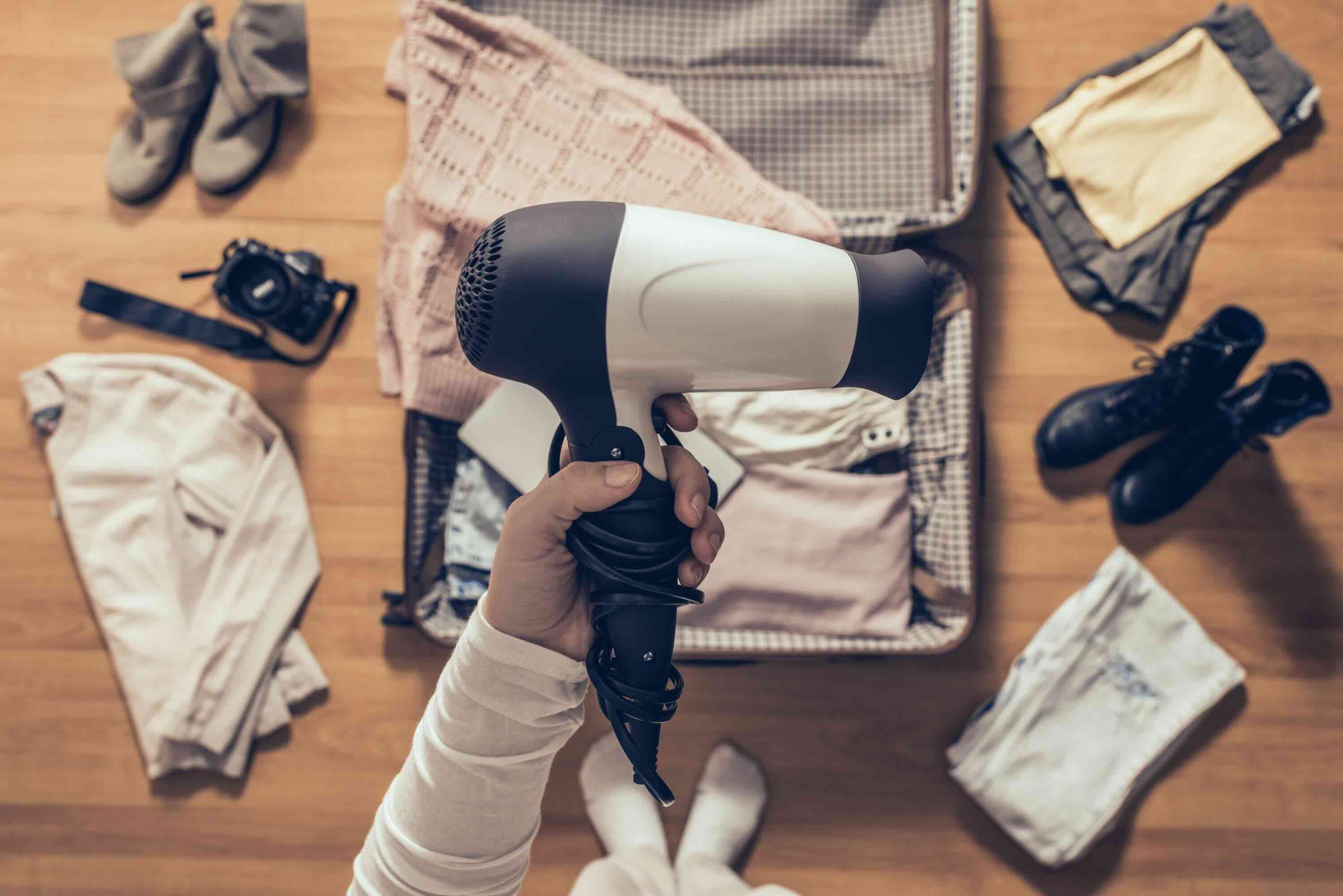
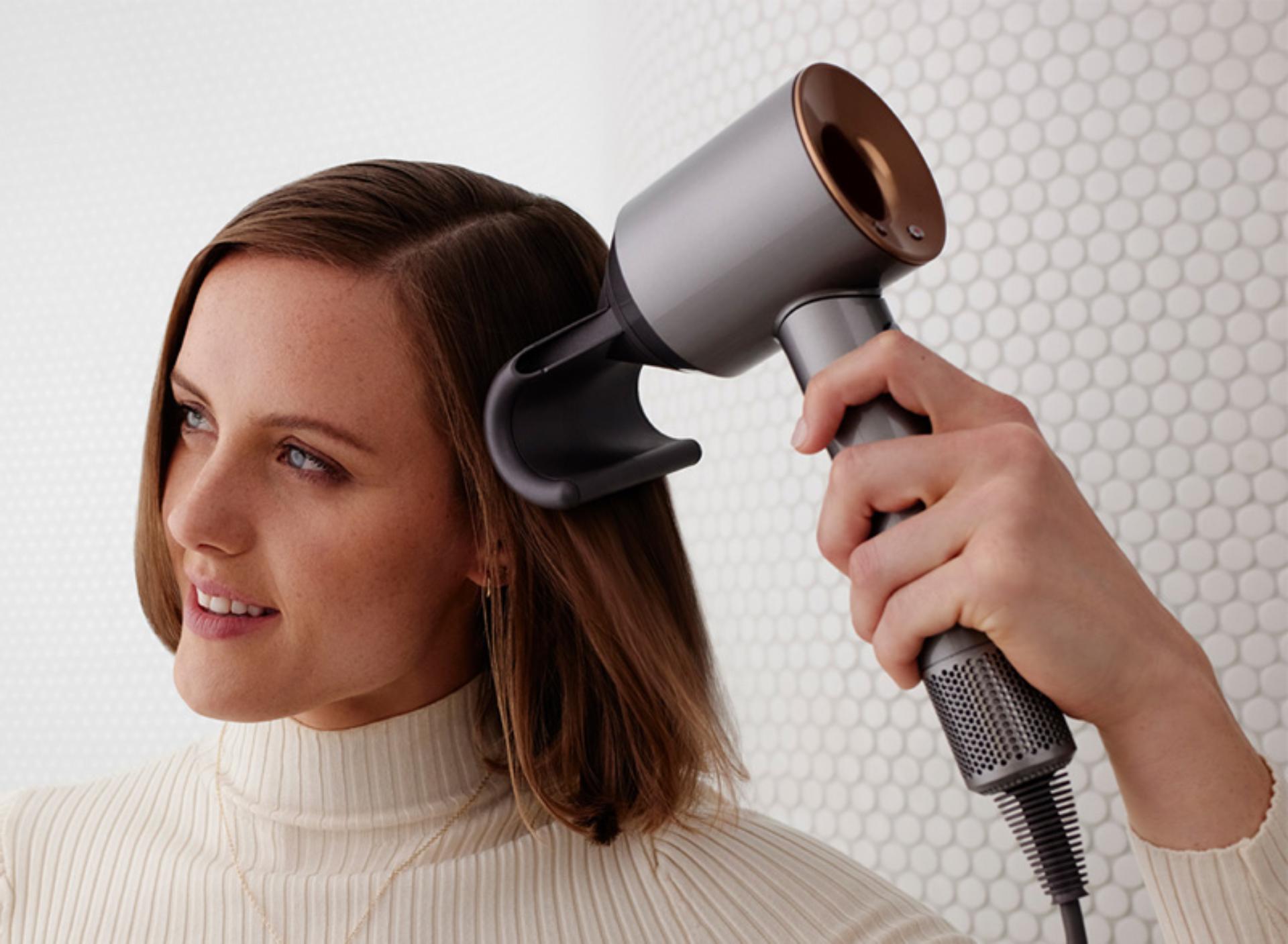
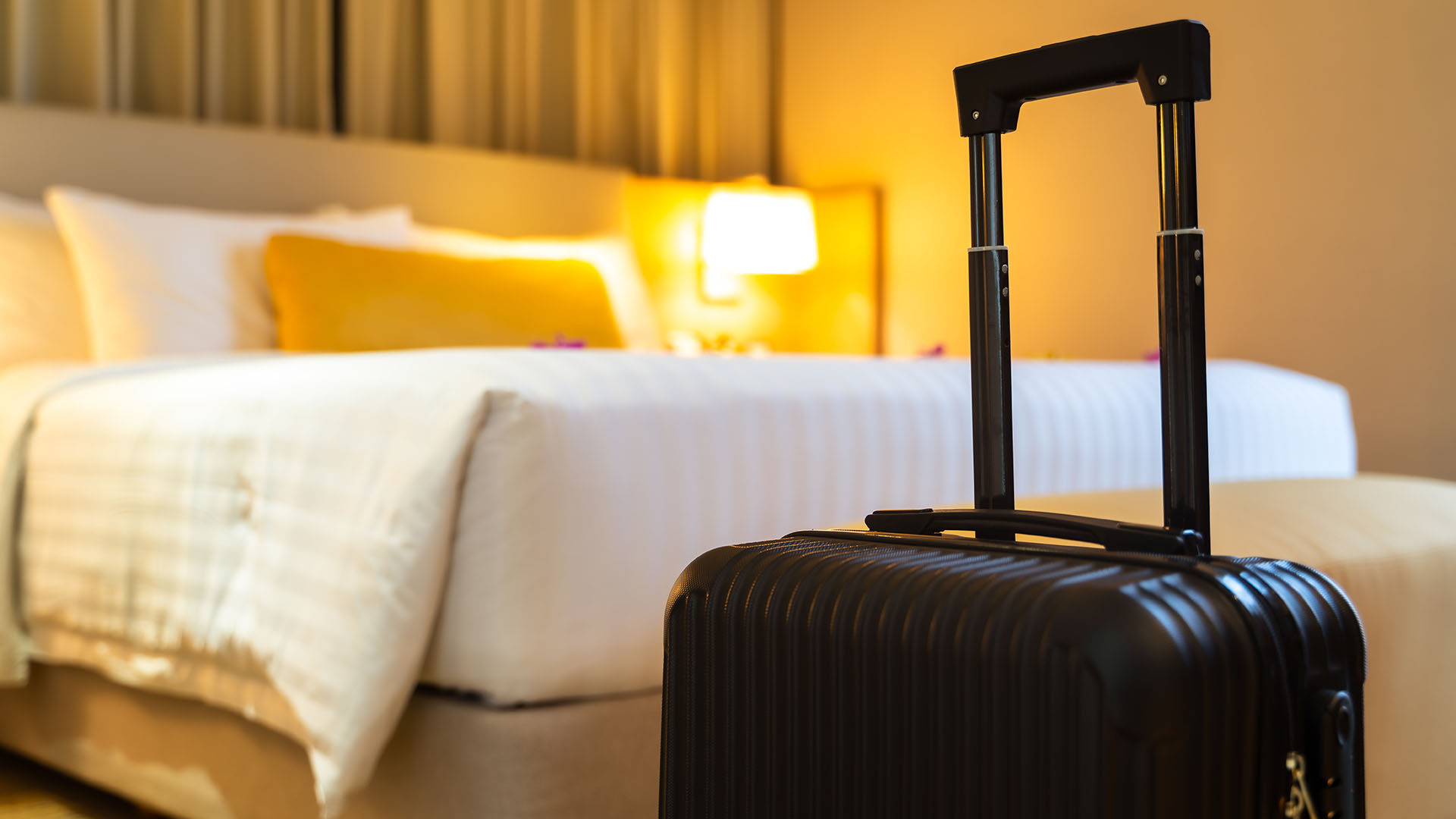
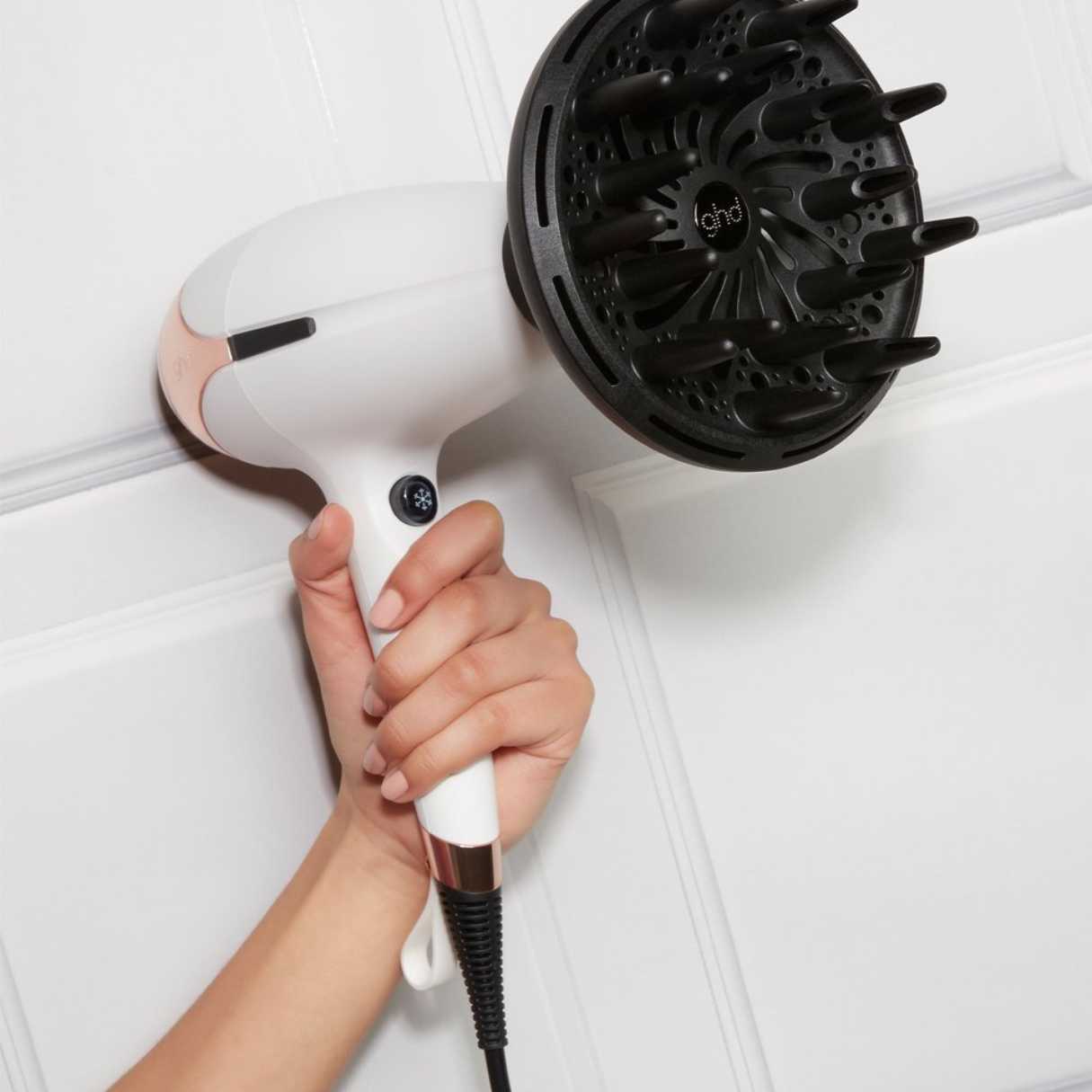
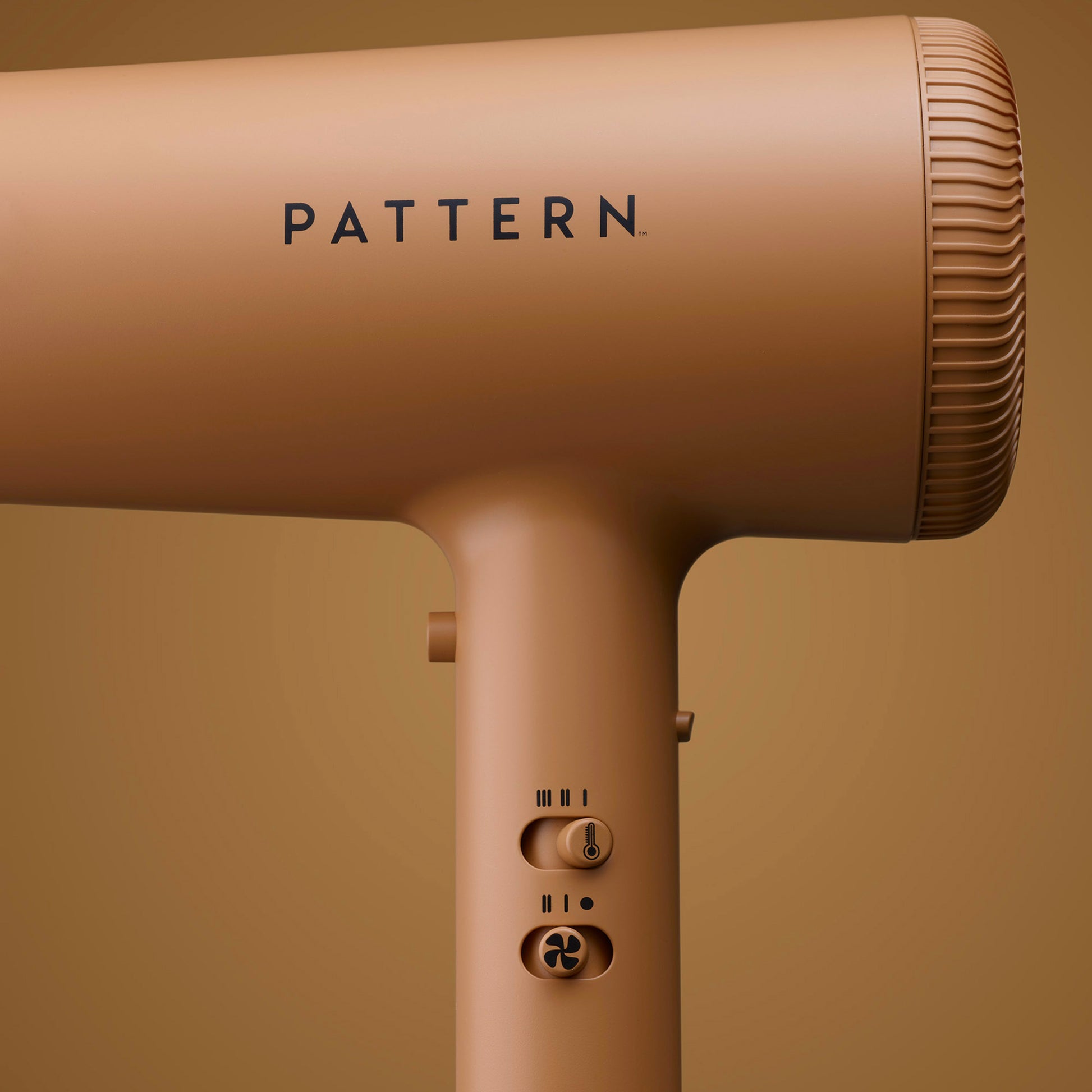
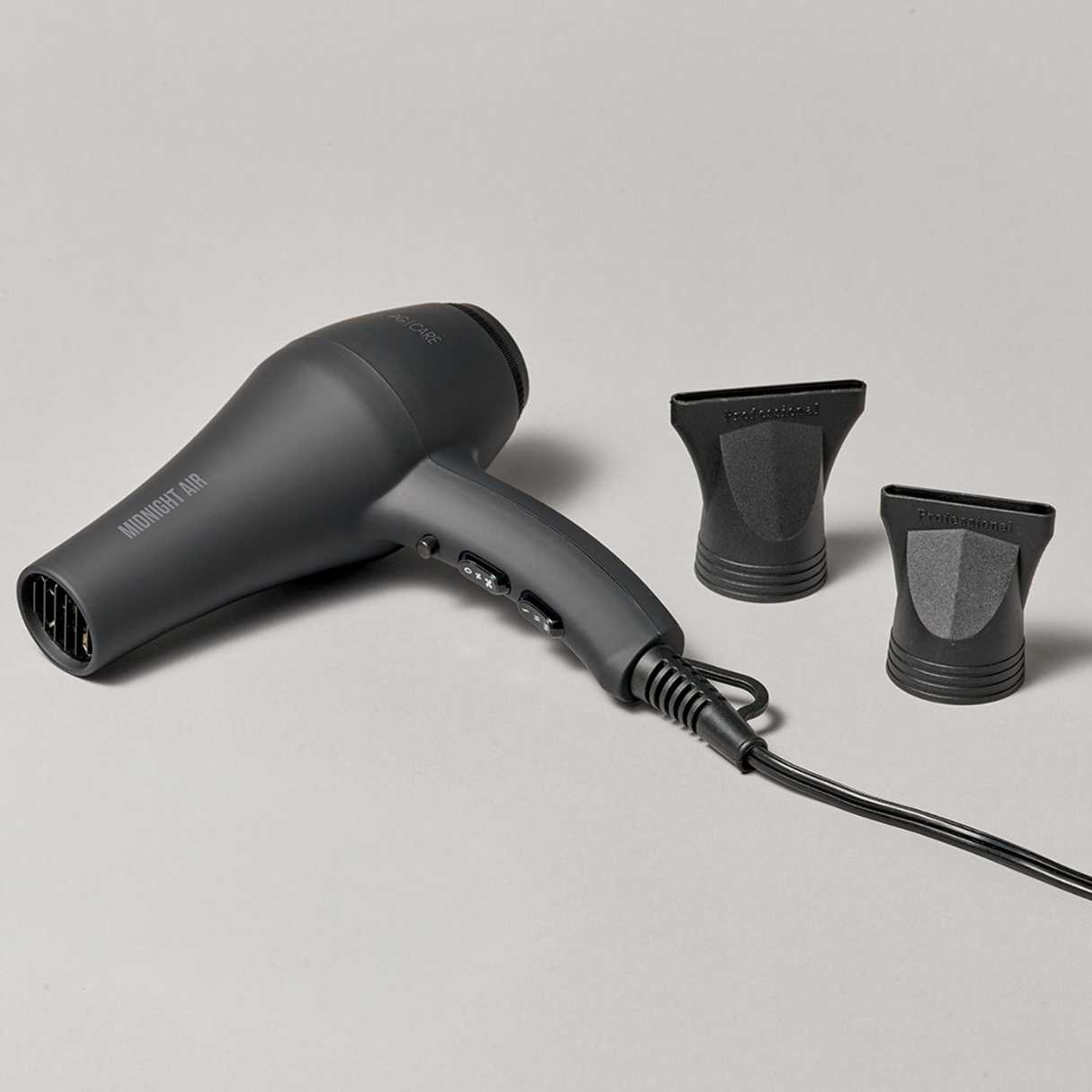
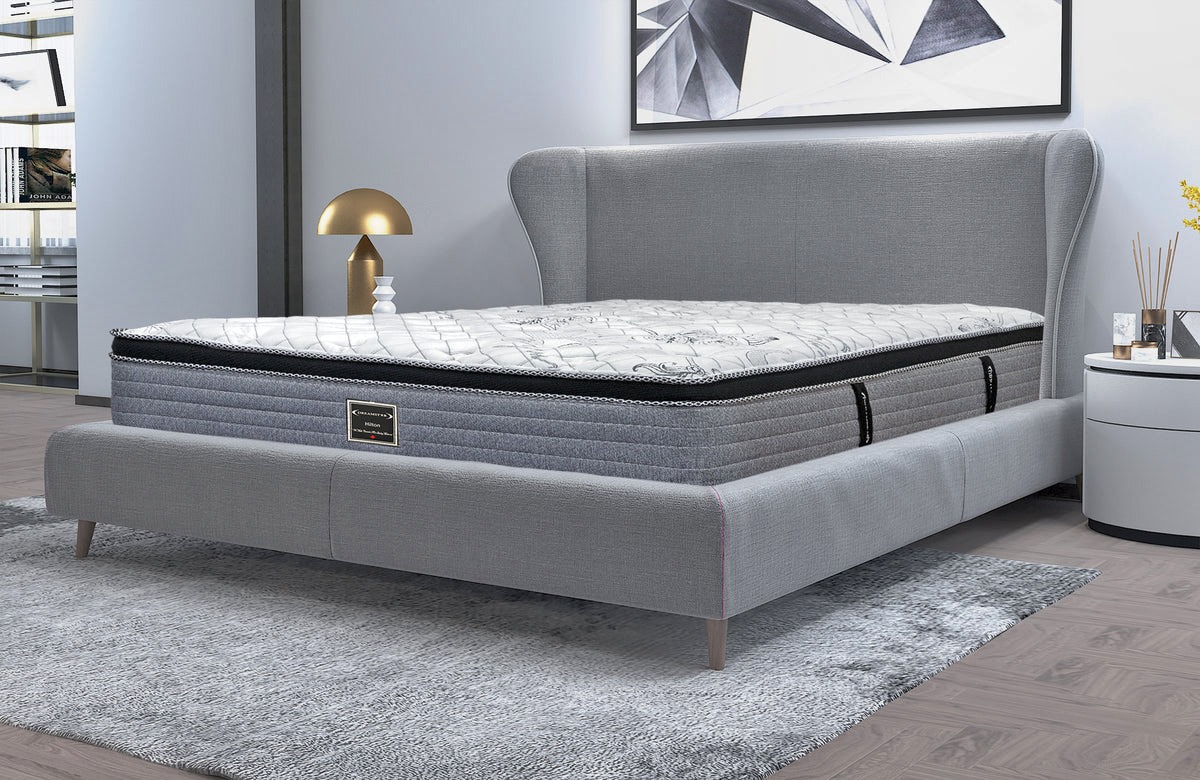
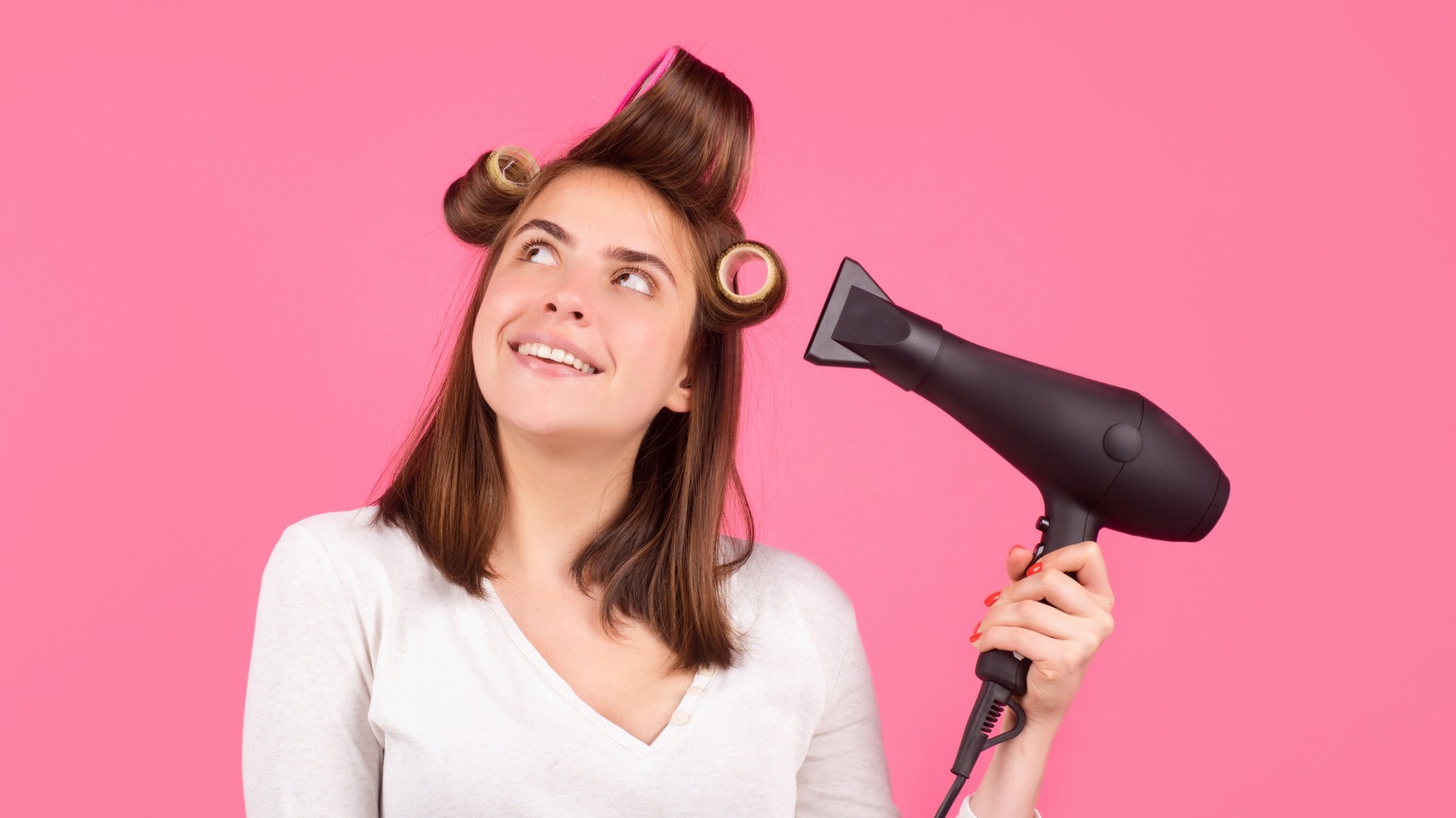
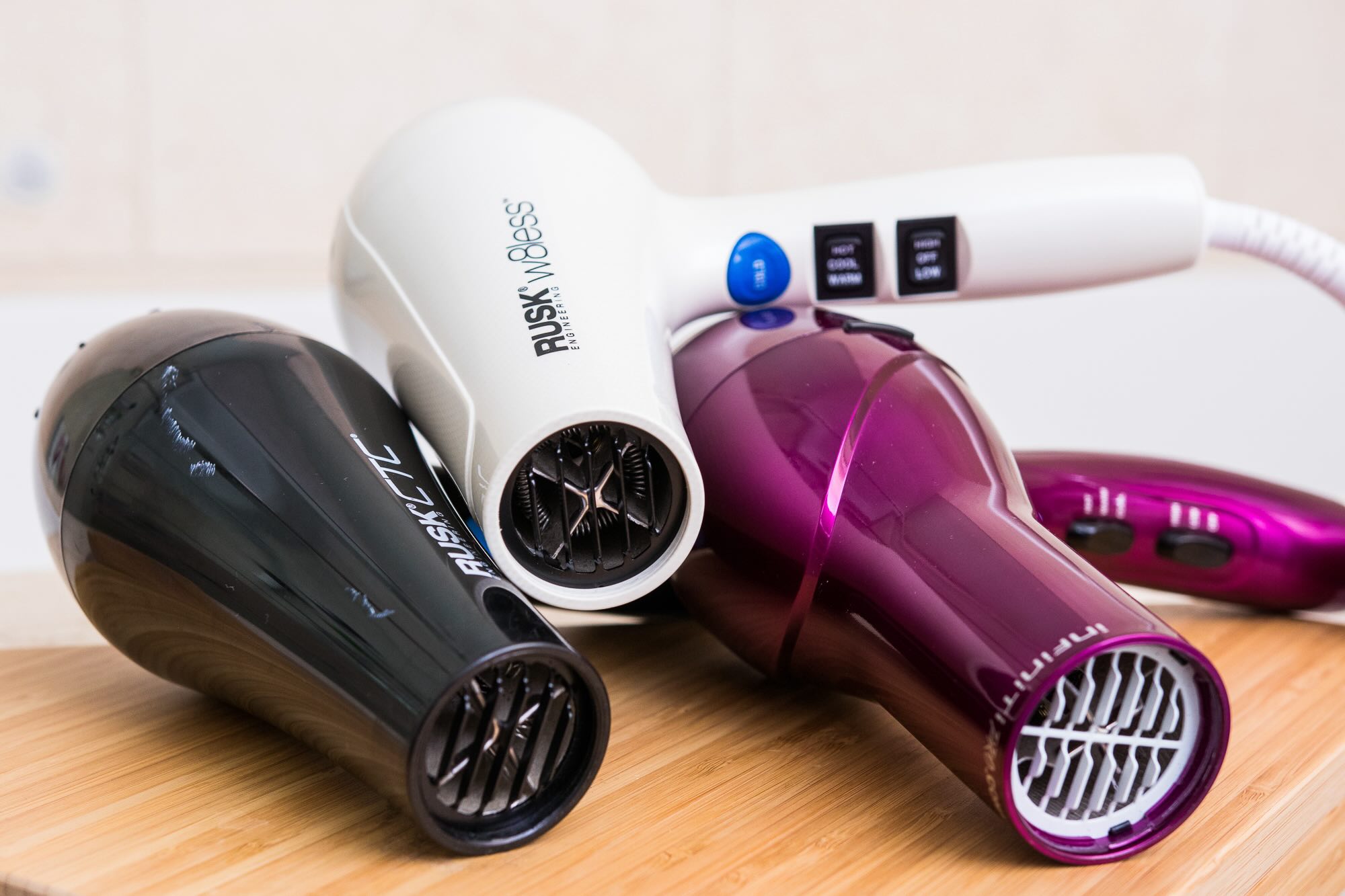
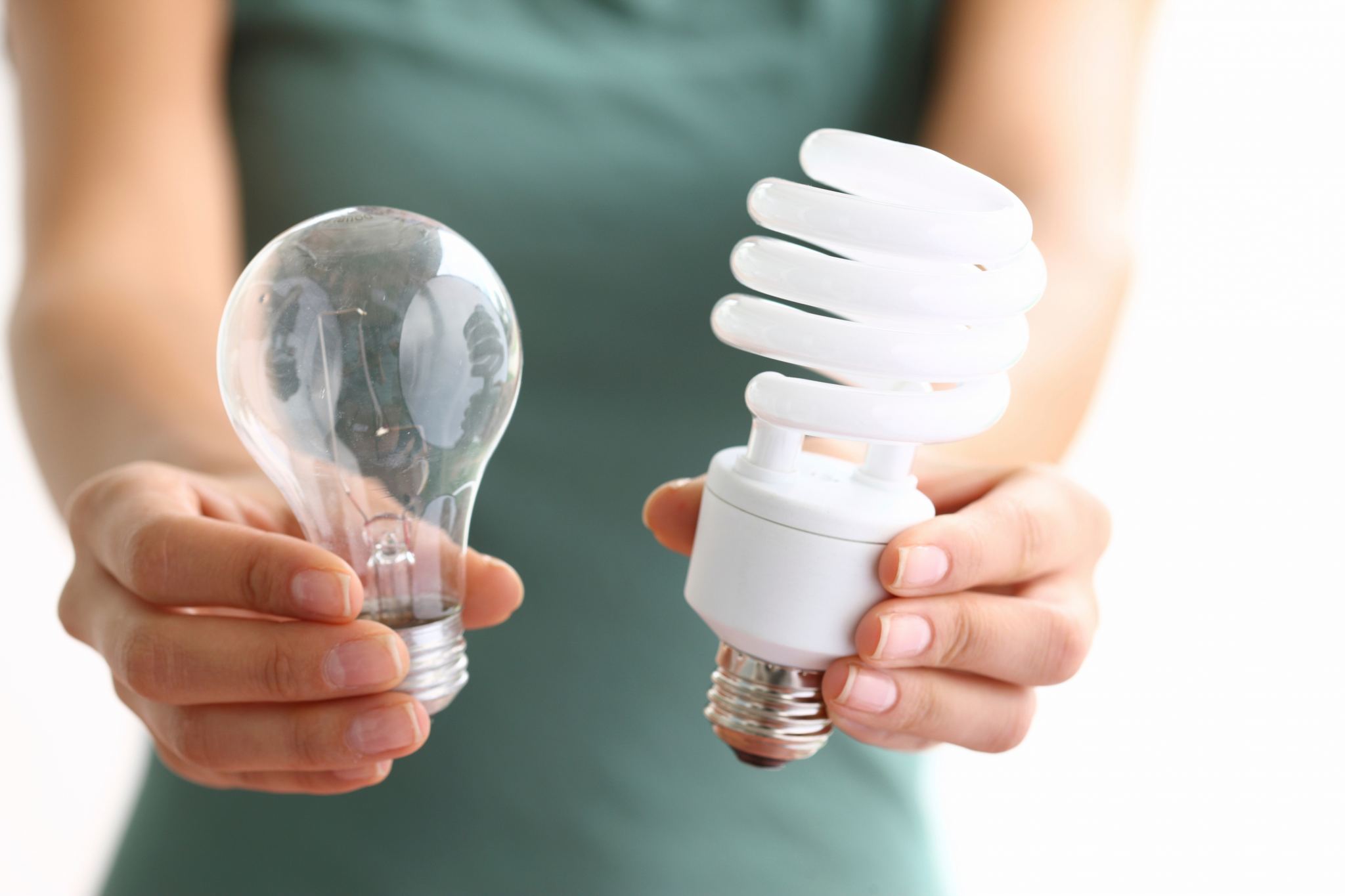

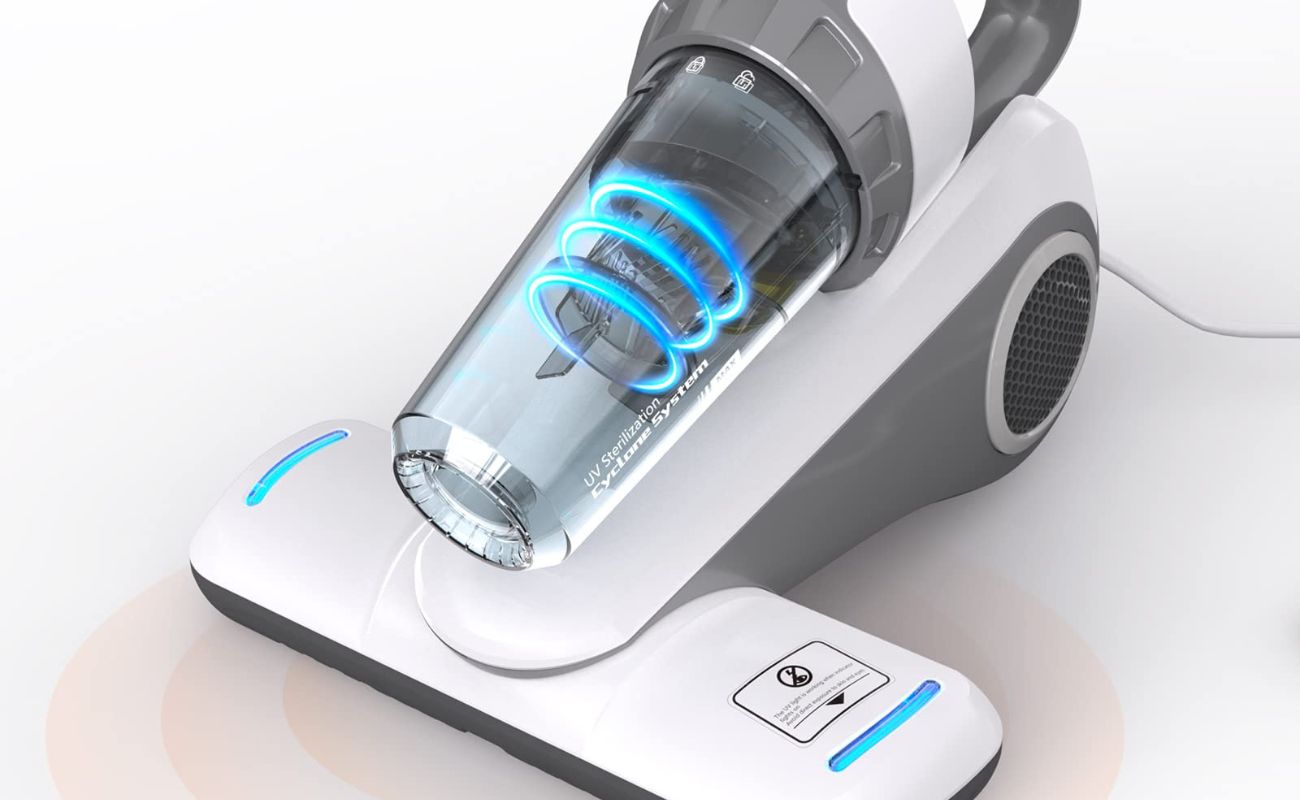
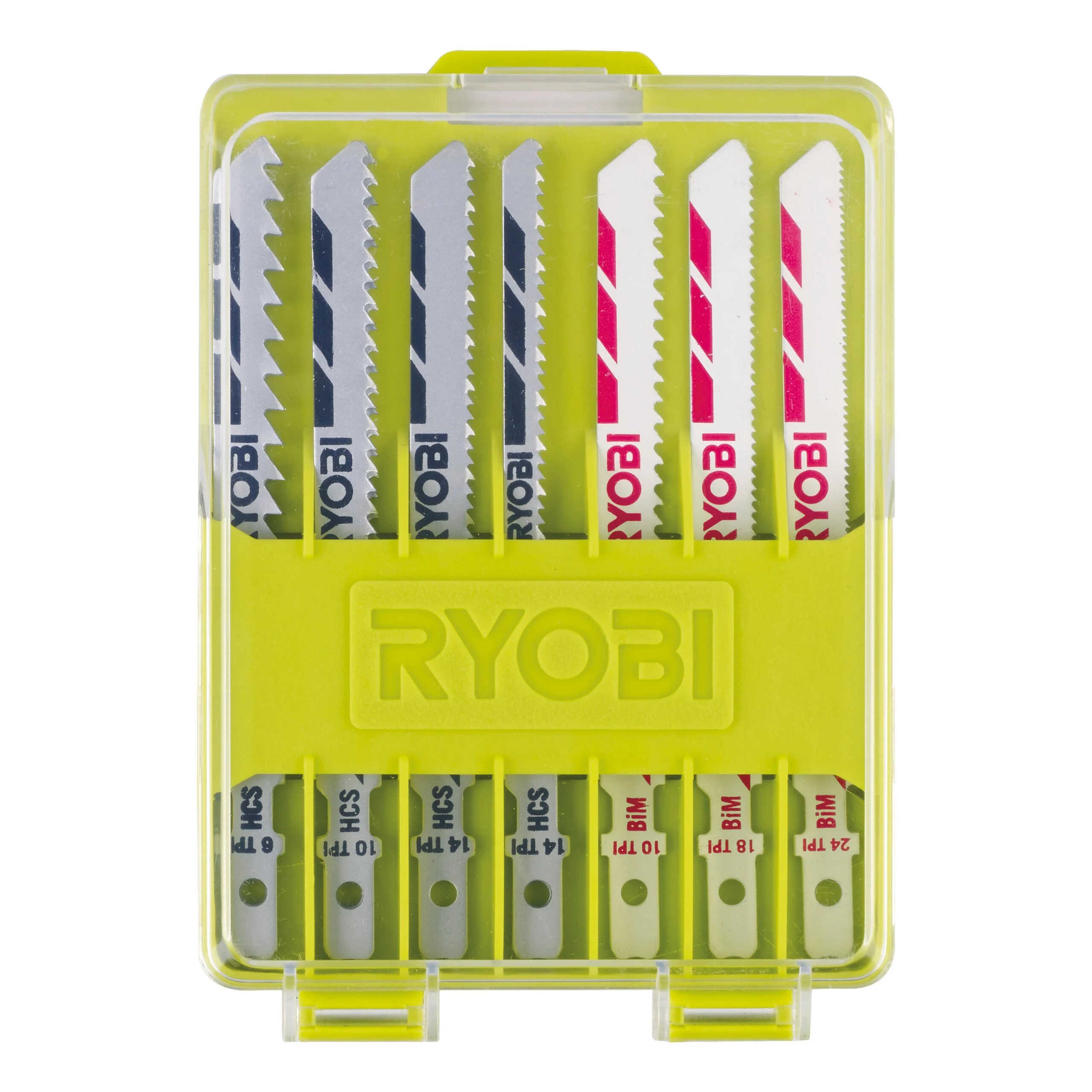
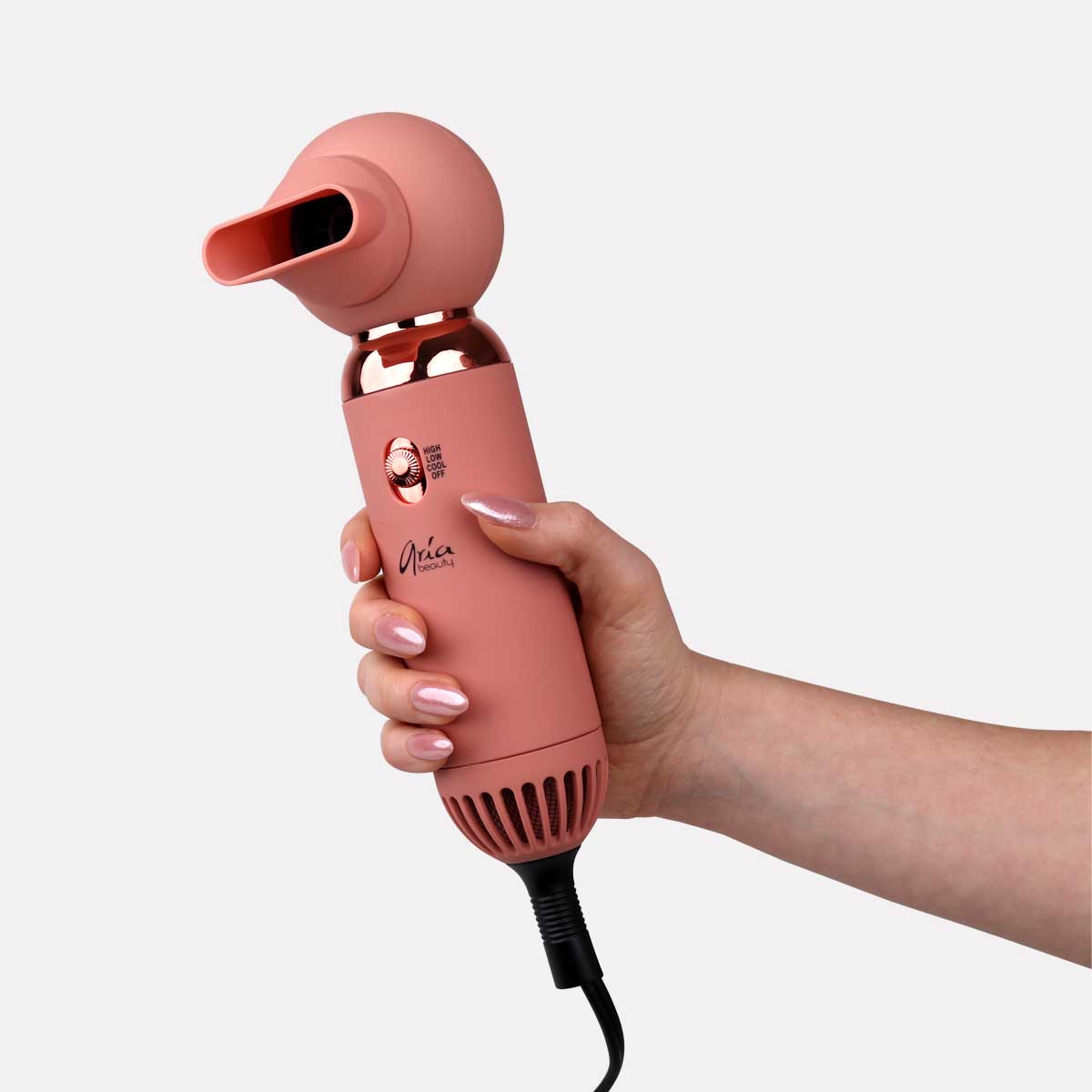

0 thoughts on “What Type Of Energy Does A Hair Dryer Use”